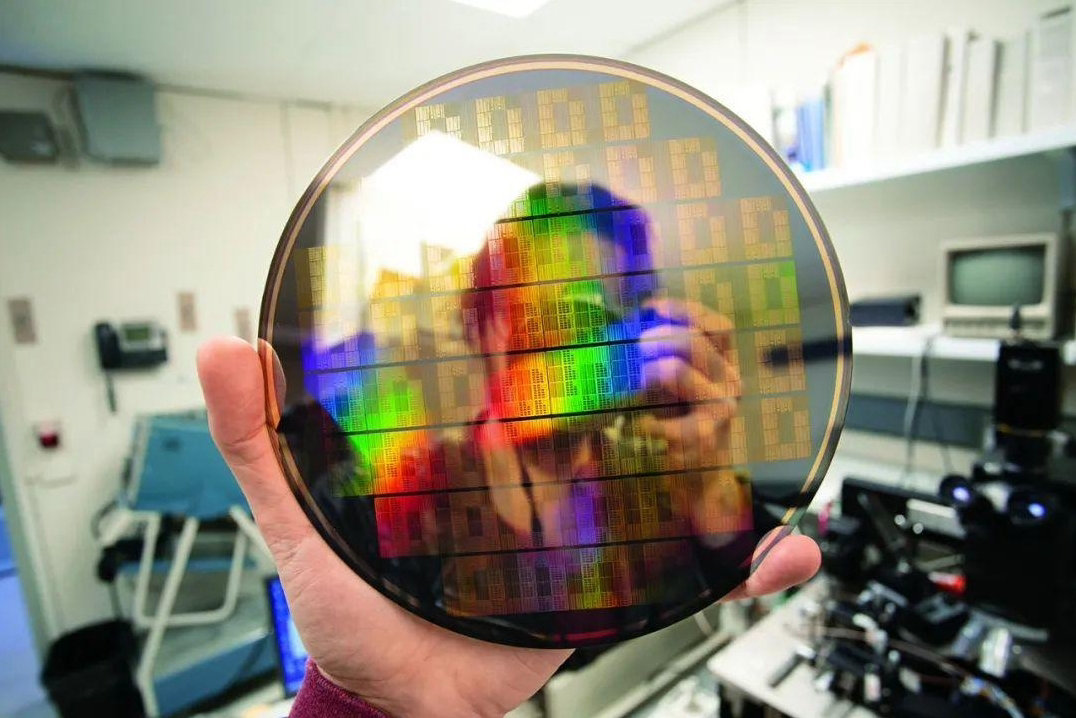Graphene chips are about to debut: Scientists successfully break Moore's Law and create the first functional semiconductor
At present, the chips we mainly use are silicon-based chips, which are chips made of silicon materials. However, with the continuous miniaturization of electronic products, silicon-based chips are facing some problems because silicon-based chips cannot become smaller, and transistors cannot be further reduced.
To overcome this problem, some scientists have turned their attention to other materials, among which graphene has become a highly anticipated candidate material. Recently, a joint research team from Tianjin University and Georgia Institute of Technology in the United States successfully developed the world's first graphene functional semiconductor. This research result was published in the journal Nature on January 3, 2024.
Graphene is considered a high-quality chip material and even an ideal choice for various semiconductor materials. However, why hasn't anyone attempted to use graphene to make chips for a long time? The reason is that graphene lacks a suitable energy gap, which means it lacks the switching ability to control current through external voltage or light like other semiconductor components. This limits the practical application of graphene components.
To solve this problem, the Chinese and American research teams adopted a special "quasi equilibrium annealing" method. Through this method, they successfully grew graphene on silicon carbide wafers, giving them semiconductor like properties. This breakthrough has opened the door to the application of graphene in chip manufacturing and provided new possibilities for solving the problems brought about by Moore's Law.
In 1965, Gordon Moore, co-founder of Intel, proposed the famous "Moore's Law", which states that the computing speed of a processor roughly doubles every two years. This law was only a prediction at the time, but the subsequent development of the computer industry did follow Moore's prediction. However, as the size of the transistor gradually approaches its limit, the speed improvement of the chip faces a huge challenge, as the transistor can no longer become smaller, otherwise it will be affected by quantum effects.
To address this challenge, scientists have begun to search for new alternative materials. The emergence of graphene functional semiconductors precisely solves this problem. According to the measurement of the research team, the migration rate of graphene functional semiconductors can reach up to 5000cm at room temperature ²/ Vs is 10 times higher than silicon-based semiconductors and 20 times higher than other two-dimensional semiconductors. In addition, its bandgap is 0.6 eV, successfully overcoming the problem of graphene material bandgap.
A higher migration rate means faster switching speed, which means the computing speed of the chip will be faster. In this way, there is no longer a need to integrate more transistors on chips of limited size. In other words, Moore's Law will not come to an end.
In addition, graphene materials have shown more advantages in chemical properties, mechanical properties, and thermal properties, making them a leading material in future chip manufacturing. This research brings new hope and possibilities to the field of electronics, leading the development direction of future electronic products.


